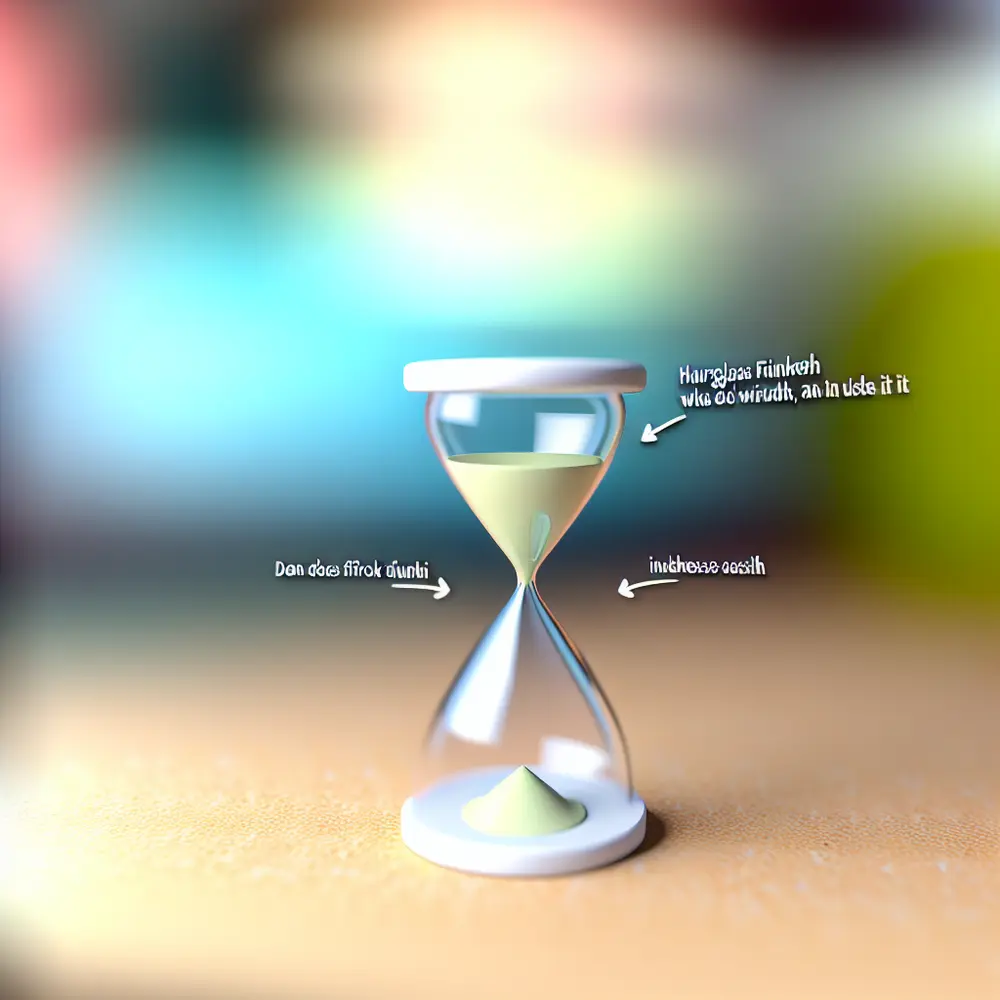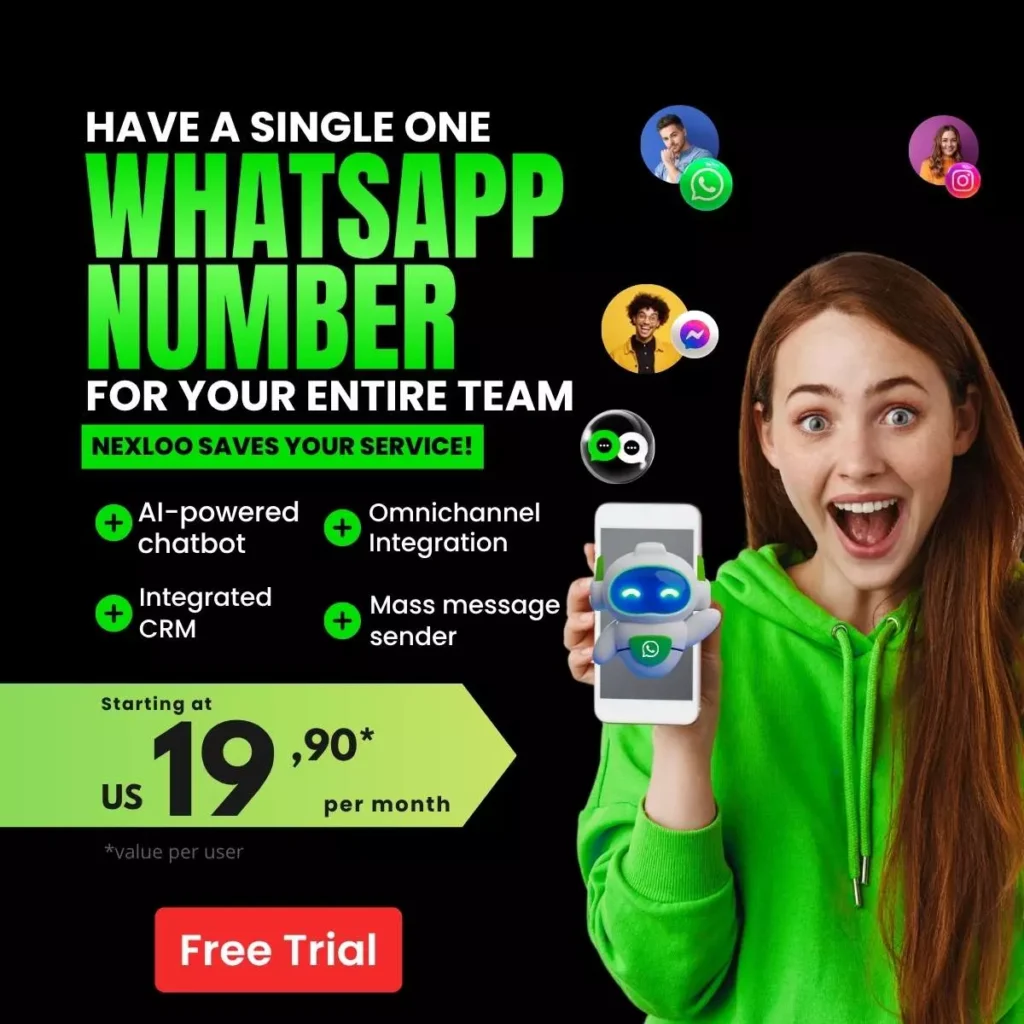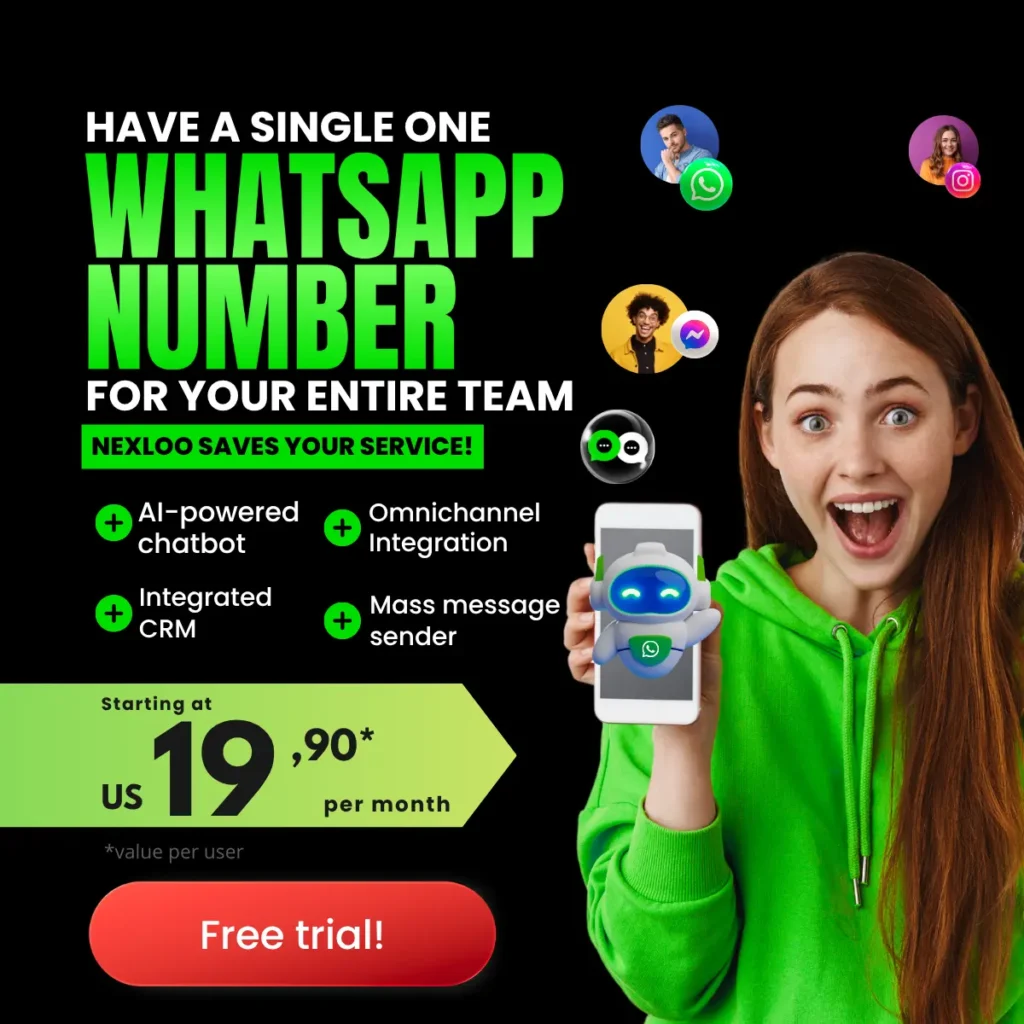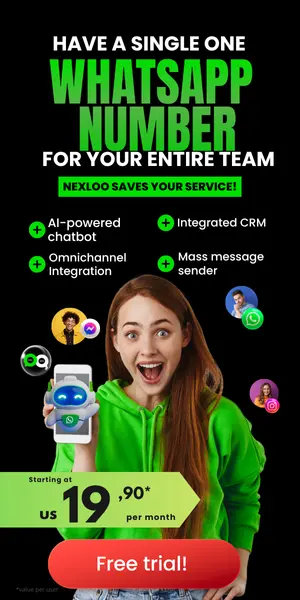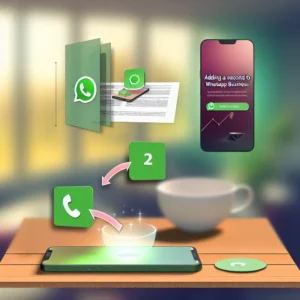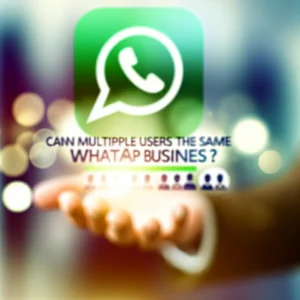Introduction
In today’s competitive marketplace, acquiring customers is only half the battle. You need to retain them to build a successful business. The hourglass funnel offers a new perspective on this challenge. Instead of focusing solely on generating leads, you also concentrate on nurturing those leads into loyal customers.
As marketing managers, sales professionals, or entrepreneurs, you face the constant pressure of enhancing customer retention strategies. The hourglass funnel redefines this approach by emphasizing both acquisition and retention. By understanding this model, you can elevate your business practices and meet the demands of today’s consumers. Learn more about advantages and disadvantages of WhatsApp Business.
“Switching our focus to an hourglass model changed our entire business strategy, leading to greater customer loyalty.” – Marketing Director of a Successful E-commerce Platform
The hourglass shape reflects a pivotal shift in focusing on customer relationships beyond one-time transactions. As you attract potential customers at the top, you must guide them through meaningful engagement and ultimately nurture their loyalty at the bottom. This comprehensive framework positions you for lasting success.
Understanding the Hourglass Funnel
The hourglass funnel is an innovative approach to the traditional marketing funnel. It focuses on both acquiring leads and nurturing them into loyal customers. By segmenting the customer journey into clear stages—awareness, consideration, conversion, and retention—you maximize your chances of building lasting relationships.
- Awareness
- Consideration
- Conversion
- Retention
At the top, various marketing strategies create awareness, capturing the attention of potential customers. For instance, a company like Clinica BemEstar utilized an integrated marketing strategy, resulting in a 25% increase in lead generation. This demonstrates the necessity of utilizing data-driven insights for targeting and personalization. Consider also using an automated sales bot on WhatsApp for improving engagement.
“After implementing the hourglass funnel, our customer retention surged by 30%. It truly revolutionized our approach.” – CEO of ViagemCerta, a travel agency
Once leads enter the consideration phase, providing valuable content and customer testimonials heavily influences their decisions. Integrating a WhatsApp chatbot for efficient communication can answer inquiries and enhance customer experience. By doing so, a fictitious retail store, FashionTrend, achieved a 20% increase in conversion rates.
The importance of retaining customers is crucial. After the conversion, the funnel encourages businesses to nurture relationships, maximizing customer engagement. A travel agency, ViagemCerta, introduced personalized follow-ups and loyalty programs, achieving a 30% boost in repeat business.
By leveraging these strategies through the hourglass funnel, you can effectively transform leads into loyal customers, fostering long-term growth.
The Structure of the Hourglass Funnel: Key Components
The hourglass funnel consists of several key components specifically designed for enhancing customer retention and engagement. Awareness is generated through various marketing avenues, ensuring your target audience is properly captured.
Once awareness is established, potential leads enter the consideration phase, evaluating their options carefully. A SaaS firm, TechInnovate, transformed its approach by offering substantial resources during this stage, resulting in a remarkable 40% conversion increase within six months.
The conversion phase is where leads become customers. Streamlined purchasing experiences are essential here; a financial service company, FinHealth, optimized its checkout process, boosting conversion rates by 15% in the first quarter alone.
“The hourglass model provided clarity in our sales process, and we saw distinct increases in customer loyalty.” – Head of Marketing at TechInnovate
Post-purchase, the focus shifts to nurturing customer relationships. A well-structured follow-up strategy is vital. For instance, Confianțe Academy introduced personalized communications, achieving a 25% increase in customer engagement and loyalty metrics.
This comprehensive structure—awareness, consideration, conversion, and retention—acts as a foundation for developing effective marketing strategies that ensure lasting customer relationships. For fast and effective communication, consider the automated service menu on WhatsApp.
How the Hourglass Funnel Differs from Traditional Marketing Funnels
The hourglass funnel fundamentally shifts the principles of traditional marketing funnels. Instead of merely focusing on lead generation, this model emphasizes continuous customer engagement post-purchase. A crucial difference is the dual focus on acquisition and retention.
- Continuous engagement
- Focused post-purchase relationships
- Data-driven insights for personalization
In a traditional funnel, the process often narrows down, primarily focusing on converting leads. Conversely, the hourglass model broadens the perspective to include the essential relationships formed afterward. A cosmetic brand, Belleza, that adopted this approach saw a 35% increase in repeat purchases due to prioritized post-purchase engagement.
“We realized that keeping the conversation going even after the sale significantly improved our customer loyalty.” – Marketing Head at Belleza
This fluid nature of the hourglass funnel enables effective communication even after the sale. Topics such as customer feedback and regular updates help nurture ongoing relationships, as illustrated by a tech start-up, InnovateNow, which kept its customers informed, resulting in a 20% increase in brand loyalty.
Moreover, the integration of data-driven insights allows organizations to personalize their marketing messages. Tracking customer behavior lets you refine strategies, gaining insights that facilitate tailored communication. As exemplified by HomeStyle Decor, this led to a 30% higher audience engagement. Effective tools like automated WhatsApp customer service can also improve engagement and satisfaction.
Complete with tools such as WhatsApp chatbots, the hourglass funnel creates dynamic interactions by providing real-time support and facilitating post-purchase conversations. With continuous engagement, companies witness notable growth in customer satisfaction and loyalty.
Implementing the Hourglass Funnel in Your Sales Process
Integrating the hourglass funnel into your sales process can significantly enhance customer retention. Start by mapping out the customer journey, identifying all crucial touchpoints. A local gym, FitnessPro, effectively used this strategy and saw a 15% increase in membership renewals.
“Mapping the customer journey helped us understand our retention issues, leading to substantial improvements.” – Manager at FitnessPro
Next, focus on effective communication strategies. Tools like WhatsApp chatbots automate responses and provide immediate information, keeping customers engaged. An electronics company, TechWorld, found that integrating chatbots resulted in a 30% decrease in abandoned carts.
Measuring the effectiveness of your funnel is vital. Analyze customer interactions to identify bottlenecks and optimize processes. A consulting firm, BusinessAdvantage, established a consistent feedback loop, leading to a 25% improvement in customer satisfaction ratings.
Create personalized experiences tailored to individual customer needs. A florist, Blooms & Co., sent follow-up emails with tailored recommendations, seeing a 20% increase in repeat purchases.
Collaboration between marketing and sales teams is essential. Sharing insights facilitates cohesive campaigns, enhancing the overall customer experience and reinforcing your brand position. A beverage brand, Refresh It, increased its market presence through cross-departmental strategies, boosting customer retention by 28% as a result.
Strategies for Optimizing Customer Retention within the Hourglass Funnel
Optimizing customer retention within the hourglass funnel relies on effective strategies that reinforce loyalty. Prioritize understanding the customer journey—this creates opportunities for ongoing engagement post-purchase, which is essential for nurturing long-term relationships.
- Personalized communication
- Building a community around your brand
- Regularly gathering customer feedback
- Establishing a compelling loyalty program
Using tools for effective personalization ensures that communication addresses ongoing customer needs. For example, a subscription box company, BoxJoy, implemented tailored follow-ups through WhatsApp chatbots, leading to a substantial 22% increase in customer retention rates.
“Our community building efforts led to enthusiastic brand advocates, enhancing our customer retention significantly.” – Community Manager at AdventureGear
Building a community around your brand enhances loyalty as well. Engage customers on social media platforms where they can share experiences. An outdoor gear retailer, AdventureGear, created dedicated forums, growing their customer base and fostering a 19% increase in brand advocacy.
Regularly gathering customer feedback helps refine retention strategies. A pet supply store, Paws & Claws, utilized surveys post-purchase, which led to a remarkable 30% increase in customer loyalty after addressing key concerns.
Lastly, establish a loyalty program that resonates with your audience. A hotel chain, StayInStyle, offered rewards for repeat bookings, driving a 25% increase in returning guests. This combination of strategies solidifies customer relationships and drives sustained growth.
Case Studies: Successful Implementation of the Hourglass Funnel
The hourglass funnel has proven effective across various sectors. For instance, a leading e-commerce site, OnlineShop Express, adopted this model, resulting in a 30% increase in repeat purchases through tailored customer engagement.
“After implementing the hourglass funnel, our customer retention rates soared, proving its effectiveness.” – CEO of OnlineShop Express
In the technology sector, a software company, IdeaSoft, focused on post-purchase interaction under the hourglass framework. Introducing automated follow-ups led to a significant 25% increase in customer retention within just six months.
Retail brands have also seen benefits; a fashion retailer, ChicBoutique, integrated omnichannel strategies and reported a 40% boost in customer loyalty. This demonstrates the power of a holistic hourglass approach.
A B2B service provider, ConsultPro, refined lead nurturing through the hourglass funnel, achieving a 50% increase in conversion by ensuring consistent engagement even after initial demonstrations.
These case studies illustrate how effective implementation of the hourglass funnel can optimize marketing strategies and bolster customer loyalty across diverse industries.
Common Mistakes to Avoid When Using the Hourglass Funnel
Avoid common pitfalls that can compromise the effectiveness of your hourglass funnel. Neglecting the initial awareness stage can lead to weak lead generation. Ensure a balanced approach prioritizing both acquisition and nurturing stages.
“Overcomplicating things in our process led to wasted potential. Simplification is key.” – Operations Manager at TasteMore
Failing to align marketing and sales efforts often results in missed opportunities. Effective communication between these teams ensures consistency in customer interaction and maximizes retention. For instance, a healthcare service, HealthSure, suffered due to poor alignment, resulting in a 10% drop in customer retention.
Overcomplicating the sales process can deter potential customers. Streamline interactions to create an easier customer journey. A restaurant chain, TasteMore, simplified its ordering system, leading to a 20% reduction in drop-offs during the funnel.
Inadequate follow-up is another major mistake. Consistent communications contribute to customer engagement. A toy company, KiddoToys, implemented automated follow-ups, resulting in a 15% boost in customer retention rates.
Finally, neglecting analytics can hinder your hourglass funnel’s success. Monitoring key metrics helps identify areas needing improvement. An insurance agency, SecureLife, began tracking performance regularly, leading to a 25% improvement in retention rates.
Measuring the Success of Your Hourglass Funnel
Measuring the success of your hourglass funnel requires key performance indicators (KPIs). Start by assessing conversion rates through each stage to identify bottlenecks. A consulting firm, ConsultingStars, improved its conversion by 30% through targeted focus on weaker funnel areas.
Customer engagement metrics like email open rates and social media interactions reflect the effectiveness of your strategies. A bakery, SweetDelights, increased its email engagement by 25% through personalized messaging.
“Tracking the right KPIs transformed our approach, leading to better insights and higher retention.” – Data Analyst at MoneyWise
Retention rates play a critical role as well. Evaluating how many customers return after their first purchase is essential. A fitness app, FitTrack, tracked retention, realizing a 20% increase by enhancing user engagement post-signup.
Customer lifetime value (CLV) is another metric that signifies long-term profitability. A personal finance app, MoneyWise, successfully raised its CLV by 30% through better customer satisfaction strategies.
In conclusion, focus on conversion rates, engagement metrics, retention rates, and customer lifetime value to gauge the success of your hourglass funnel, ultimately enhancing customer experiences and driving sustainable growth.
Conclusion: Leveraging the Hourglass Funnel for Sustainable Growth
The hourglass funnel serves as a transformative model for your sales processes, driving sustainable growth through customer acquisition and retention. By implementing this funnel, you transition from a short-term focus on sales to cultivating long-lasting relationships with your customers.
“Harnessing the hourglass model has revitalized our strategy, ensuring we prioritize our customers’ needs.” – Entrepreneurial Leader
Integrating tools like WhatsApp chatbots streamlines communication, enhancing customer experiences throughout the funnel. With timely responses and personalized interaction, clients feel valued and engaged, which is crucial for retention.
Focus on continuous customer engagement, transforming one-time buyers into loyal patrons. This shift in focus ultimately allows you to maximize the lifetime value of your customers.
As an entrepreneur, embrace the hourglass funnel by adapting marketing strategies to prioritize loyalty and satisfaction. Investing in customer experiences drives repeat purchases while improving your brand’s reputation in a saturated market.
To fully leverage the hourglass funnel, measure performance consistently. By tracking customer satisfaction and retention rates, you can ensure alignment with customer expectations, paving the way for sustained success.
For additional insights on enhancing customer engagement, explore our WhatsApp Chatbot at Nexloo.

